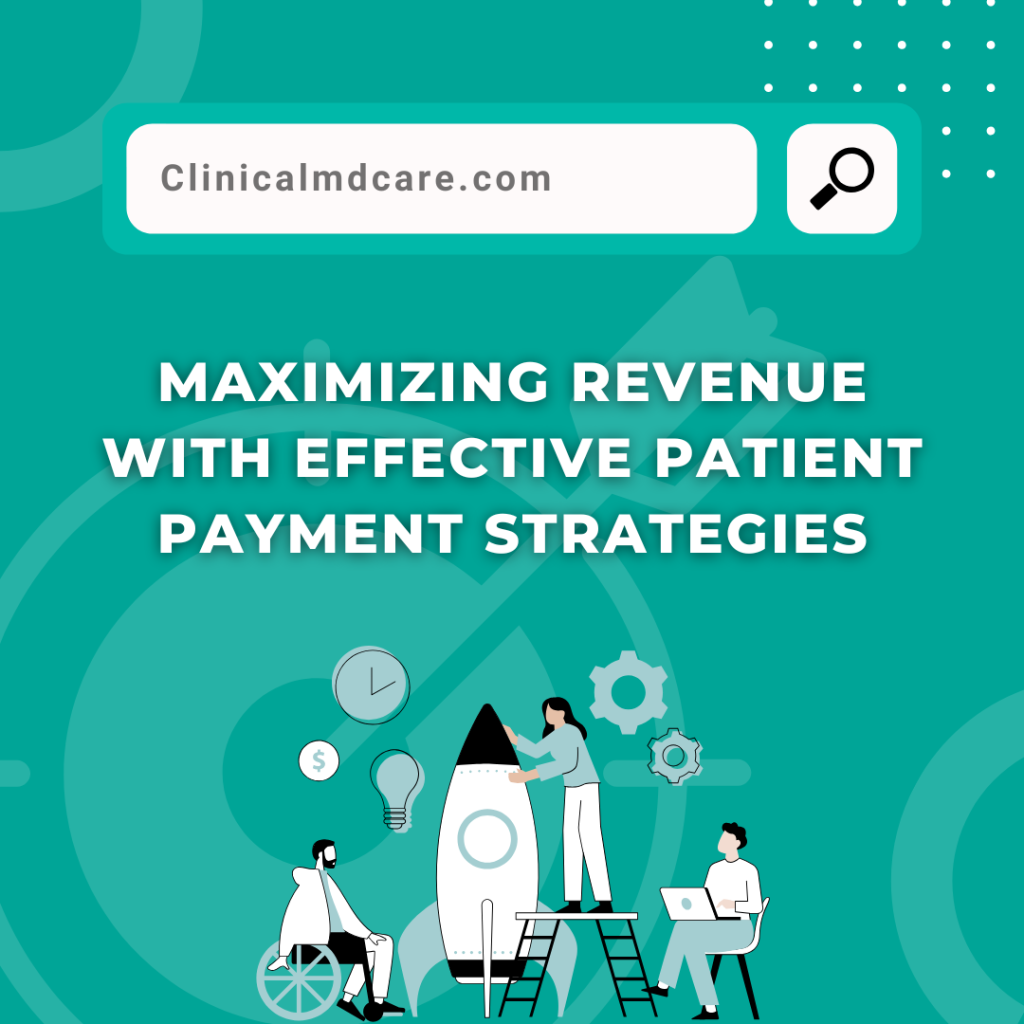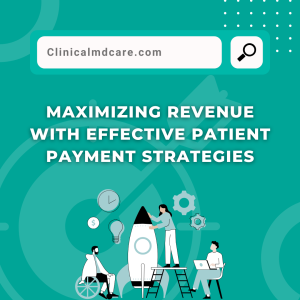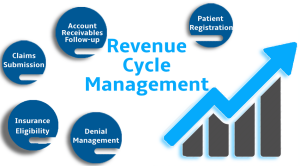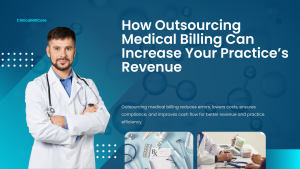In today’s healthcare world payment strategies matter. Patients expect more control, flexibility and clarity when it comes to paying medical bills. If providers don’t meet those expectations payment delays and missed revenue become the norm. Strategies that combine technology, transparency and patient friendly options equal better cash flow and stronger relationships.
A well designed payment system allows patients to feel in control while keeping practices financially healthy. Clear billing and multiple payment options reduce confusion and eliminate roadblocks. Payment strategies also reduce the burden on staff, lower administrative costs and save time. This blog will cover the top ways every healthcare provider should be doing to maximize revenue.
Understanding the Need for Effective Payment Strategies
Many patients don’t pay because of complicated billing and unclear expectations. These problems hurt provider collections and satisfaction. Simple payment strategies remove the confusion and the variability, so patients know what they owe and why. When the billing is easy, patients pay on time.
In today’s world patients compare services, prices and transparency of billing. Providers who focus on clean and honest communication win. A clear payment process builds patient loyalty and the overall experience. With higher satisfaction practices get better word of mouth and long term financial gain.
Offering Multiple Payment Options
One size fits all billing no longer works. Patients want to choose how and when to pay. Offering cards, cash, mobile apps and web portals means every patient type is covered. Limiting options means payment delays and more stress for your staff.
Payment strategies should be a mix of old and new. Mobile wallets, contactless payments and online portals are expected. Practices that adapt to these technologies get paid faster and more securely. Multiple options reduce friction and make paying less stressful for patients.
Clear Communication and Transparent Billing
Medical bills can be confusing and lead to frustration, patient calls or non-payment. Clarity has to be the foundation of all billing. Patients should get easy to read, itemized statements that explain each charge. Effective payment strategies rely on clear communication to reduce billing stress and disputes.
Transparency builds trust and helps patients prepare financially. Start communication before appointments and continue through the billing cycle. Set expectations about insurance coverage, out-of-pocket costs and deadlines. When patients are informed they feel respected and are more likely to pay on time.
Implementing Payment Plans and Financing Options
Some patients can’t pay large bills in one lump sum and end up with long delays or collections. Offering payment plans gives patients a manageable solution and encourages steady payments. These payment plans help with collections and support patients through tough times.
Flexible plans and third party financing help patients get care without stress or fear of being denied. Providers get upfront revenue and patients pay over time. This win-win model increases access to elective procedures and builds provider-patient relationships. Financing makes payments feel achievable, not overwhelming.
Leveraging Technology for Better Payment Management
Outdated systems cause errors, delays and missed opportunities. Technology simplifies and improves the billing process. Payment strategies involve digital tools like automated reminders, online portals and real-time payment tracking. These reduce manual work and improve accuracy.
Advanced billing software helps practices forecast revenue, identify trends and manage patient accounts better. Automation reduces staff workload and improves efficiency across departments. Patients love modern tools that allow self-service and easy access. Digital solutions deliver better results and faster payments.
Conclusion
Payment strategies are no longer optional – they’re essential for financial stability in healthcare practices. From flexible options to clear communication and automation, every step improves the process. When patients have modern tools and transparent billing, their satisfaction goes up – and so does your revenue.
Healthcare providers who innovate and go patient-friendly build long term relationships and consistent cash flow. Payment strategies must evolve with technology and patient needs. When done right, these strategies turn billing into a strength. Start now and secure your practice’s future.












